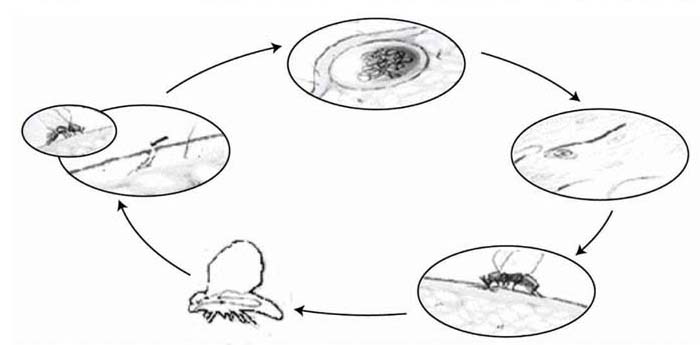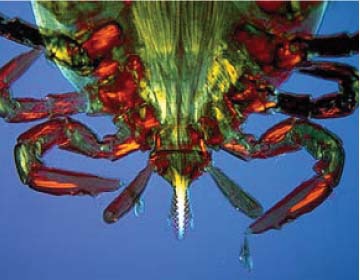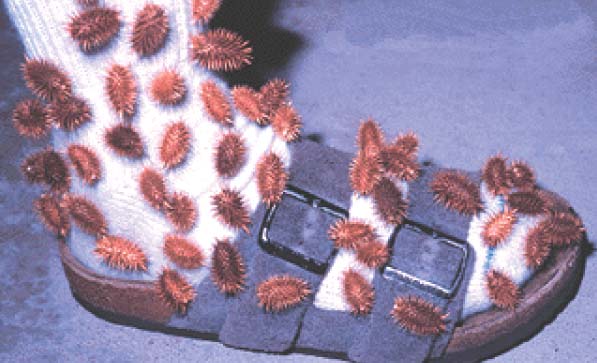INSPIRATION
The natural world provides us with many examples of parasitc mobility, including organisms that rely entirely on larger organisms to carry them to habitable locations.
These examples can be separated into 3 categories:


1)
Active parasitic mobility: organisms that attach/detach at will from
hosts with their own actuation (e.g. ticks)
2) Passive parasitic mobility: passive nodes that are picked up and
dropped off, knowingly or unknowingly, by hosts (e.g. dandelion seeds, burs)
3) Value-added parasitic mobility: passive or active parasitic organisms
that provide additional value to the host in exchange for transportation (e.g.
flowers and bees)

Examples of Parasitic Mobility in Nature, Society, and Fiction include:
Top (l-r):tick; a Remora hitching a ride on a shark
2nd row: life cycle of the Onchocerca Volvulus. Adult females release millions of microfilariae into the bloodstream of the host. From there, they are picked up by feeding blackflies and brought to a new host.
3rd row: Bees are attracted to flowers by petals and nectar. Once inside, the bees are covered with pollen which they carry to another flower to complete the pollination process.
4th row: dandelion seeds catching a ride from the wind; burs stuck to a foot being brought to a new location
Bottom (l-r): people hitching a ride on a bus; fictional tornado sensors from the movie "Twister."




